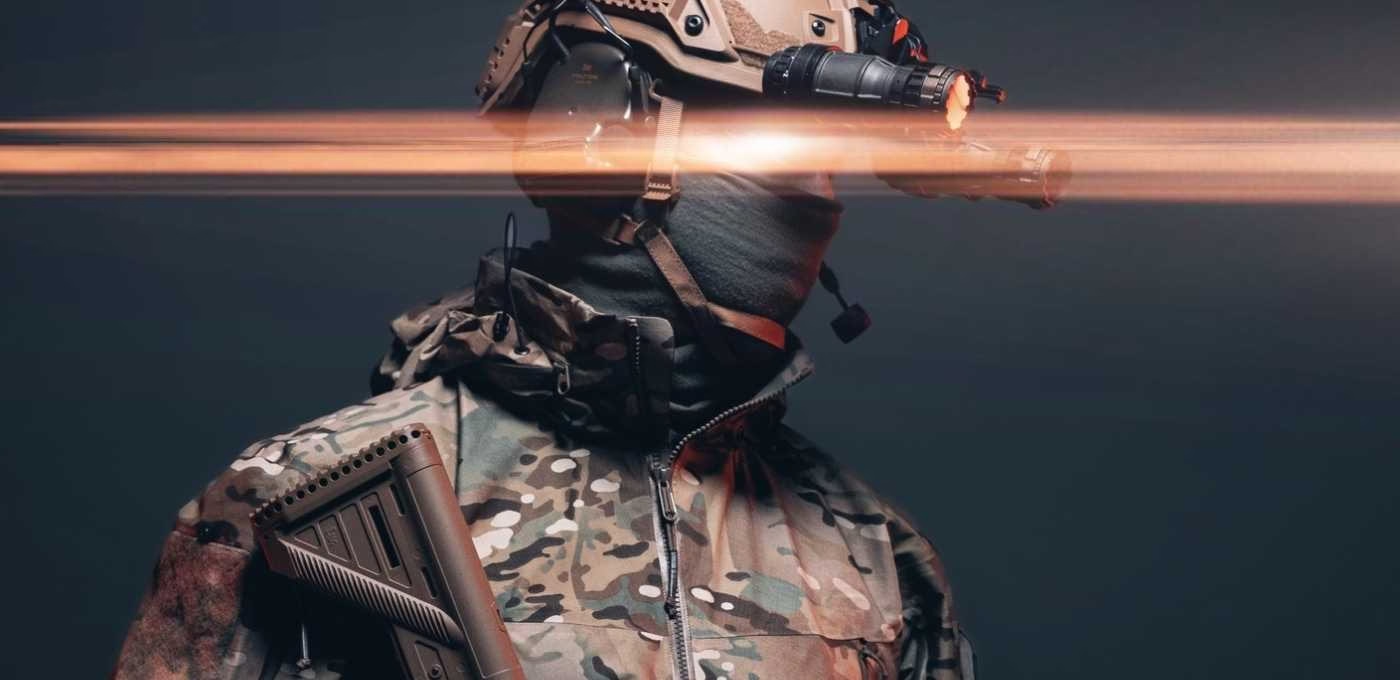
HOSDB and NIJ: The 2 most used ballistic standards for body armor


The German Schutzklasse standard is relatively unfamiliar to many, as countries like Denmark predominantly use the American NIJ standard and the British HOSDB standard. Significant differences exist between the 2008 edition of the German Schutzklasse standard and the NIJ standard, as each is tailored to its respective market—Germany for the Schutzklasse and the United States for the NIJ. This distinction is logical, given the variation in firearm types and associated threat levels.
The German SK1 standard specifically focuses on 9mm ammunition and includes tests against various 9mm rounds such as DM41 SR, QD-PEP, and Action 4 RUAG, while the NIJ standard tests only one type of 9mm round. Additionally, the SK standard requires wet testing at a zero-meter distance for protection levels SK L and SK1. This testing is not part of the NIJ standard, but is incorporated into the FBI’s body armor testing, which imposes even stricter requirements than both the NIJ and the 2008 Schutzklasse standards.
 *The depth of the shot cannot exceed 42 mm for all protection levels
*The depth of the shot cannot exceed 42 mm for all protection levels
Bulletproof vests designed and tested according to the German standard must offer a minimum 10-year warranty and be sealed with a moisture and water-resistant cover. Although the German standard does not include a formal water test, it mandates that body armor must be waterproof.
When using or developing new ballistic materials, a manufacturer may receive an exemption allowing a reduced 5-year warranty.
Some manufacturers claim that the German SK1 standard is equivalent to the NIJ IIIA standard. However, based on our experience, passing the SK1 test is generally easier than passing the full NIJ IIIA test. This is due to the significantly higher stopping power of the .44 Magnum compared to 9mm rounds. As a result, SK1 vests are often lighter and thinner than NIJ IIIA vests.